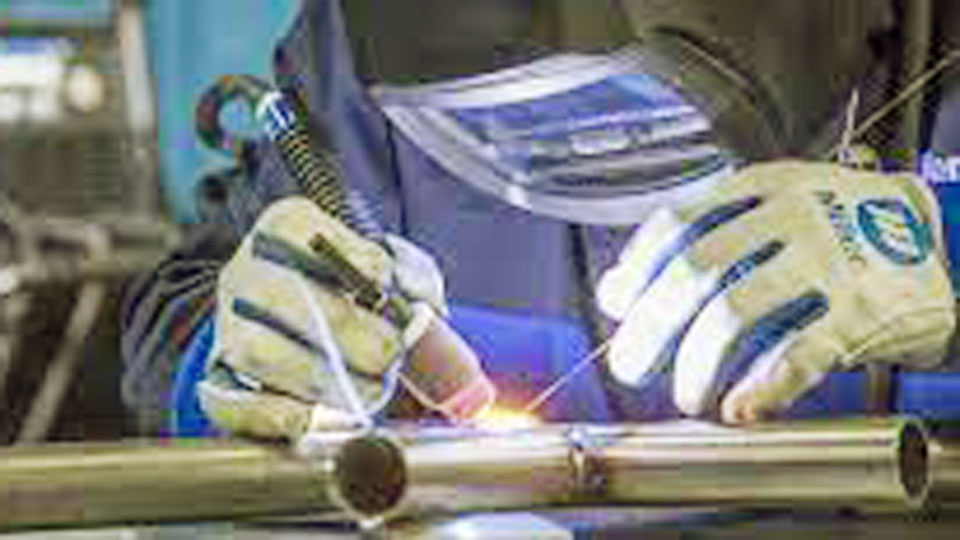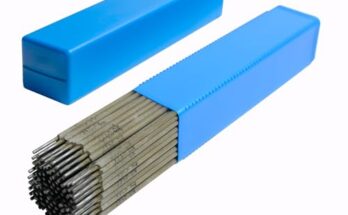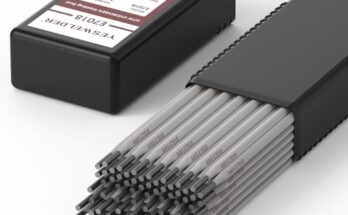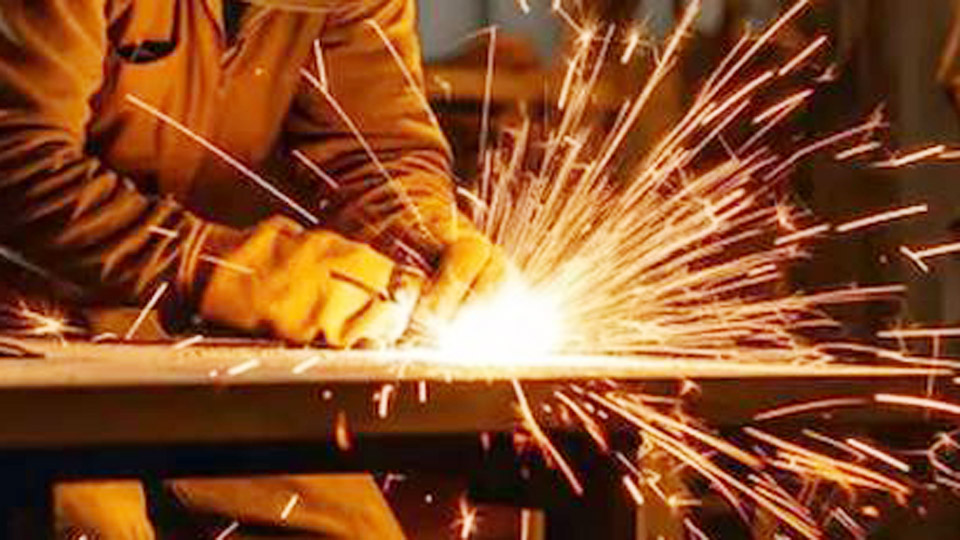TIG welding, also known as Tungsten Inert Gas welding, is one of the most precise and versatile welding techniques out there. It’s my personal favorite because of the clean and controlled welds it produces. As rewarding as TIG welding can be, it’s essential to prioritize safety every step of the way. I’ve been around welders and workshops for quite some time, and I can tell you that taking safety for granted is a mistake no one should make.

Image by millerwelds
I’ll walk you through the key safety practices for TIG welding. If you’re new to welding or you’ve been at it for years, understanding and implementing these tips can protect you from potential hazards and keep your workspace efficient. Let’s dive into what it takes to weld safely and effectively.
Why TIG Welding Safety is Critical
TIG welding might seem straightforward once you get the hang of it, but it comes with its own set of risks. You’re dealing with high temperatures, electrical currents, and intense ultraviolet (UV) radiation—all of which can be dangerous if not handled properly.
Safety isn’t just about avoiding accidents; it’s about creating an environment where you can work confidently and produce quality results. Trust me, the last thing you want is a preventable injury interrupting your work or setting you back.
Key Hazards in TIG Welding
Before we discuss safety measures, let’s look at the common hazards associated with TIG welding. Knowing what to watch out for is the first step to staying safe.
- Electric Shock: TIG welding uses high-voltage electricity, which poses a risk if you’re not careful.
- UV and Infrared Radiation: The arc produces intense UV light, which can harm your eyes and skin.
- Heat and Burns: Welders work with materials at extremely high temperatures, increasing the risk of burns.
- Fumes and Gases: Certain materials release toxic fumes when heated, which can be harmful if inhaled.
- Fire Hazards: Sparks and heat can ignite nearby flammable materials.
Understanding these risks is the foundation for implementing effective safety practices.
Personal Protective Equipment (PPE) for TIG Welding
The right gear is your first line of defense when welding. I’ve learned that investing in high-quality PPE is one of the smartest decisions you can make. Here’s what you need:
Welding Helmet: A welding helmet with an auto-darkening feature is a must. It protects your eyes and face from UV radiation, sparks, and debris. Look for a helmet with adjustable settings for different welding intensities.
Gloves: TIG welding gloves are thinner than standard welding gloves, offering better dexterity without compromising protection. Make sure they’re heat-resistant and fit snugly.
Clothing: Wear flame-resistant clothing, such as a welding jacket made of leather or heavy cotton. Avoid synthetic materials, as they can melt and cause severe burns.
Boots: Steel-toed boots with heat-resistant soles protect your feet from sparks and heavy objects.
Respiratory Protection: Depending on the materials you’re welding, you may need a respirator or welding mask with proper filtration to protect against fumes.
Safety Glasses: Wear safety glasses underneath your helmet for added protection against flying debris.
Preparing Your Workspace for Safety
A safe workspace is just as important as personal protection. Here’s how to set up your area for TIG welding:
Clear the Area: Remove any flammable materials, such as paper, wood, or chemicals, from your workspace.
Ventilation: Ensure proper ventilation to prevent the buildup of harmful fumes and gases. If you’re working indoors, consider using an exhaust system or fume extractor.
Grounding: Make sure your welding machine is properly grounded to reduce the risk of electric shock.
Fire Extinguisher: Keep a fire extinguisher within reach, and make sure you know how to use it. It’s better to be prepared than to panic in an emergency.
Organization: Keep your tools and materials organized to minimize the risk of tripping or accidental contact with the welding arc.
Safe Operating Practices
Once your workspace is set up and you’re geared up, it’s time to focus on safe welding practices. These tips have served me well over the years:
Inspect Equipment: Before you start, check all your equipment, including cables, connections, and the torch. Look for signs of wear or damage and replace anything that seems unsafe.
Start with Low Settings: If you’re new to TIG welding, begin with lower power settings and gradually increase as you gain confidence.
Avoid Contact with Live Parts: Never touch the electrode or conductive parts of the torch while it’s energized.
Use a Stable Welding Table: Ensure your workpiece is securely clamped to a stable table. This prevents movement and helps you maintain control.
Keep Your Hands Steady: A steady hand is essential for precise welds. Rest your hand on a stable surface whenever possible.
Monitor Heat Levels: Be mindful of the heat generated during welding. Allow your materials and equipment to cool as needed to prevent burns.
Fume and Gas Safety
The fumes produced during TIG welding can be hazardous, especially when working with certain metals. Here’s how to stay safe:
Know Your Materials: Some materials, like stainless steel, release more harmful fumes than others. Research the materials you’re working with and take appropriate precautions.
Use Proper Ventilation: As mentioned earlier, good airflow is critical. Position yourself so that fumes are directed away from your breathing zone.
Wear a Respirator: If ventilation isn’t sufficient, use a respirator designed for welding applications.
Electrical Safety
Electric shock is one of the most dangerous risks in TIG welding. Here’s how to minimize it:
Check Connections: Ensure all connections are secure and in good condition. Loose or damaged connections can increase the risk of shock.
Dry Work Area: Keep your workspace dry and avoid welding in damp conditions.
Insulated Gloves and Shoes: Wear insulated gloves and shoes to reduce the risk of electric shock.
Preventing Fires and Burns
Fire safety is crucial in any welding setup. Here’s what I recommend:
Control Sparks: Use welding curtains or shields to contain sparks and protect nearby objects.
Cool Down Equipment: Let your torch and workpieces cool before handling them.
Monitor Your Surroundings: Be aware of your surroundings and ensure that no flammable materials are within range.
Maintaining Your Welding Equipment
Regular maintenance can prevent accidents and extend the life of your equipment. Here’s what to do:
Clean Your Torch: Remove any buildup on the torch to ensure consistent performance.
Inspect Cables: Check for frayed or damaged cables and replace them as needed.
Calibrate Your Machine: Periodically check the settings and calibration of your welding machine to ensure accuracy and safety.
TIG Welding Safety Checklist
| Safety Measure | Why It’s Important |
|---|---|
| Wear PPE | Protects against burns, UV rays, and debris |
| Ensure Proper Ventilation | Reduces exposure to harmful fumes |
| Check Equipment | Prevents malfunctions and accidents |
| Clear Workspace | Minimizes fire hazards and tripping risks |
| Use Insulated Gear | Reduces the risk of electric shock |
Conclusion
TIG welding is an incredibly rewarding skill, but it comes with its share of risks. By prioritizing safety, you can focus on perfecting your craft without worrying about accidents. From wearing the right gear to maintaining your equipment and setting up a safe workspace, each step contributes to a safer and more enjoyable welding experience.
Safety isn’t just about protecting yourself; it’s about respecting the tools and processes that make welding possible. Take your time, follow the guidelines, and don’t cut corners. Trust me, the peace of mind that comes with a safe work environment is worth every effort.
FAQs
What PPE is essential for TIG welding?
A welding helmet, gloves, flame-resistant clothing, steel-toed boots, and safety glasses are all essential.
How can I improve ventilation in my workspace?
Use exhaust systems, fume extractors, or work in a well-ventilated area to improve airflow.
What should I do if my equipment shows signs of wear?
Replace damaged cables, torches, or other components immediately to prevent accidents.
Why is grounding important in TIG welding?
Proper grounding reduces the risk of electric shock by stabilizing the electrical current.
How do I prevent fires during welding?
Keep flammable materials away, control sparks, and always have a fire extinguisher nearby.


